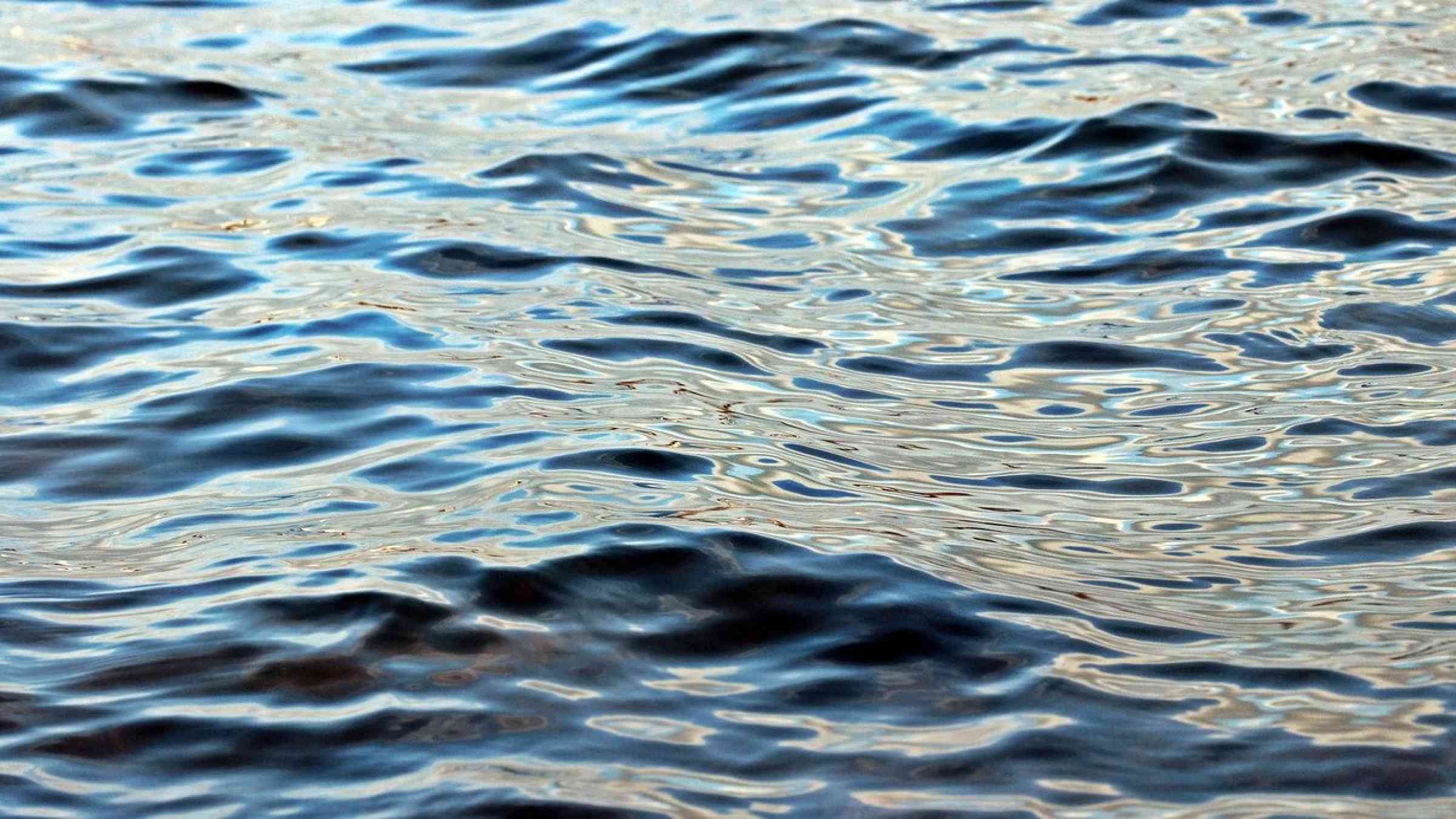Please help us improve PreventionWeb by taking this brief survey. Your input will allow us to better serve the needs of the DRR community.
Climate change could spark floods in world’s largest desert lake: new study

For years it appeared as though Lake Turkana, which sits in an arid part of northern Kenya, was drying up.
Its main river inflows had been muffled by dams and many feared water levels were poised to drop by two-thirds, causing the lake to cleave into two smaller bodies of water. It was, one report said, an African “Aral Sea disaster in the making” – where only 10 per cent remains of the original sea.
But a new study from the United Nations Environment Programme (UNEP) predicts a far wetter future for Lake Turkana – and possibly a more perilous one for the 15 million people who live on its shores.
The report found that over the next 20 years, climate change could likely lead to heavier rains over Lake Turkana’s river inflows, which would raise water levels in the lake itself and increase the likelihood of severe flooding.
The study urged officials in Kenya and Ethiopia, which both border Lake Turkana, to prepare for a future in which once-rare floods, such as those that hit the region in 2019 and 2020, are regular occurrences.
"Many people think that climate change is a problem for the future,” says Frank Turyatunga, Deputy Head of UNEP’s Africa Office. “But as Lake Turkana shows, it's happening now and it's already forcing people to adapt to new conditions.”
Lake Turkana, the world’s largest desert lake, is part of the Omo-Turkana basin, which stretches into four countries: Ethiopia, Kenya, South Sudan and Uganda. The basin is home to many rare plants and animals.
Since 1988, Ethiopia has built a series of hydroelectric dams on its main tributary, the Omo River, leading to predictions of Lake Turkana’s demise.
There is still a mindset in Kenya that lake water levels are constantly falling, which makes planning difficult.
Tito Ochieng, Director of Water, Turkana County (Kenya)
Climate projections
Using sophisticated water resources modelling and climate change scenario analysis, the new UNEP report found that up to eight human settlements around the lake could be inundated by flooding periodically. While severe, abrupt flooding has been rare, climate change projections foresee this becoming more regular and impacting more people if adaptation measures are not put in place.
The report called for improved international cooperation and adaptation measures, including reforestation, agroforestry and avoiding construction in areas at risk of flooding.
“In the last two years, rising water levels in Lake Turkana have damaged pastureland, inundated buildings and forced people to flee their homes,” says Tito Ochieng, Director of Water in Kenya’s Turkana County. ”But there is still a mindset in Kenya that lake water levels are constantly falling, which makes planning difficult.”
The study also found evidence of rising water levels in the eight lakes that line Kenya’s Rift Valley. Severe flooding in those lakes in 2019 and 2020 damaged homes and infrastructure – and even reportedly led to a spike in deadly crocodile attacks.
Africa stands out disproportionately as the most vulnerable region in the world to climate change. This vulnerability is driven by the prevailing low levels of socioeconomic growth in the continent. While climate change is global, the poor are disproportionately vulnerable to its effects.
UNEP’s climate change work in Africa supports countries to implement their climate action commitments – Nationally Determined Contributions (NDCs) – to meet food security, create income and opportunities for youth, and economic expansion.
Regional cooperation
The report was part of a wider project designed to accelerate cooperation in the border areas between Ethiopia, Kenya and Somalia.
The project also developed an open-source information portal on the basin, based in part on satellite imagery. It contains data on land cover, water quality and soil moisture, and examines the various climate change scenarios.
The report follows the launch of the UN Decade on Ecosystem Restoration 2021-2030, a global push to revive natural spaces. It is also part of UNEP’s wider work to monitor and restore freshwater ecosystems worldwide, supporting Sustainable Development Goal 6.
The new report on Lake Turkana is part of the “Support for Effective Cooperation and Coordination of the Cross-border Initiatives in Southwest Ethiopia-Northwest Kenya, Marsabit-Borana and Dawa, and Kenya-Somalia-Ethiopia (SECCCI)” project. It was co-funded by the European Union Emergency Trust Fund for Africa, the United Nations Development Programme (UNDP) and UNEP and implemented by the UNDP, UNEP, and the Intergovernmental Authority on Development. As part of the three-year project, which ended in February 2021, UNEP assisted Ethiopia and Kenya to work together to better manage their water resources, and supported borderland ecosystems through environmental monitoring and promoting transboundary cooperation.
Explore further
Please note: Content is displayed as last posted by a PreventionWeb community member or editor. The views expressed therein are not necessarily those of UNDRR, PreventionWeb, or its sponsors. See our terms of use
Is this page useful?
Yes No Report an issue on this pageThank you. If you have 2 minutes, we would benefit from additional feedback (link opens in a new window).